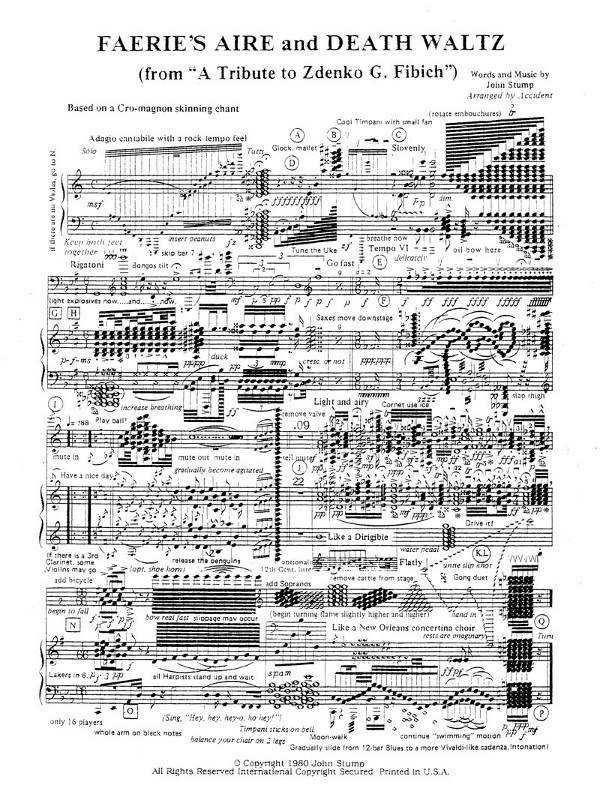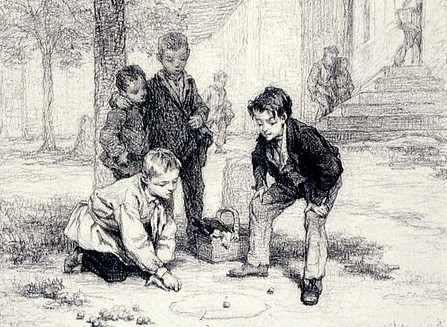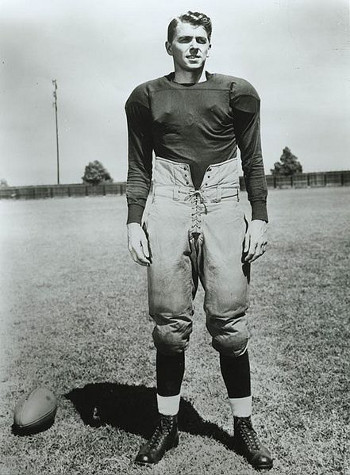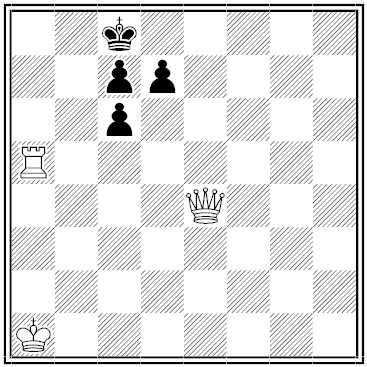Credentials
When Steven Spielberg dropped out of college in 1968, he was only a few credits short of a diploma.
So in 2002, after winning three Oscars, five honorary doctorates, and two lifetime achievement awards, he returned to California State University, Long Beach, to complete a degree in film and electronic arts.
He placed out of FEA 309, the advanced filmmaking class. To demonstrate his proficiency, he submitted Schindler’s List.
Always Home

The largest privately owned residential yacht on earth is The World, a private floating community conceived in 1997 by Norwegian shipping magnate Knut Kloster. The ship is owned jointly by its residents, 130 families from 19 countries, who spend an average of four months on board each year, and it circumnavigates the globe continuously on an itinerary that they choose.
Since its launch in 2002, the ship has visited 800 ports in 140 countries. It has 165 bespoke apartments, including a six-bedroom penthouse suite, a 7,000-square-foot spa, four major restaurants, three cafes, six bars, two swimming pools, a full-size tennis court, a driving range, an art gallery, a night club, a 12,000-bottle wine cellar, and a theater. The average resident is 64, and 35 percent are under 50.
The original inventory of units sold out in 2006, but “there are a select number of Residences available for resale.”
Difficult Music

Faerie’s Aire and Death Waltz, by composer John Stump, includes the directions “Add bicycle,” “Duck,” and “Cool timpani with small fan.” The piece fills a single page.
To perform Stockhausen’s Helikopter-Streichquartett you’ll need four helicopters and a string quartet. A moderator introduces the musicians, each of whom boards a helicopter, and the four perform the piece while circling the auditorium at a distance of 6 kilometers. The audience watches and listens via audio and video monitors. At the end, the helicopters land and the musicians re-enter the hall to the sound of slowing rotor blades.
Marc-André Hamelin composed Circus Galop for player piano — it’s impossible for a human to play, as up to 21 notes are struck simultaneously.
Reversible Rhyme
Word Ways reader Art Benjamin found this limerick on a blackboard at Carnegie Mellon in the 1980s:
First let me say that I’m cursed.
I’m a poet who gets time reversed.
Reversed time,
Gets who poet a I’m,
Cursed I’m that say me let first.
No author was given.
In a Word
oblectation
n. delight, pleasure, enjoyment
adlubescence
n. pleasure or delight
deliciate
v. to delight oneself
Foul Play
On Aug. 17, 1957, in a game against the New York Giants, Philadelphia Phillies center fielder Richie Ashburn hit a foul ball into the stands and hit Alice Roth, the wife of Philadelphia Bulletin sports editor Earl Roth.
The game was stopped, and Roth received emergency medical treatment for a broken nose.
As she was being carried out on a stretcher, Ashburn hit a second foul — and hit her again.
Over and Out

Philadelphia inventor Jones Wister conceived a curious weapon in 1916:
One object of the invention is to so construct a fire arm that it can be used in a trench with the aid of a periscope without exposing the soldier to the fire of the enemy. This object I attain by curving the outer end of the barrel so as to deflect the projectile in a direction at an angle to the longitudinal line of the fire arm.
Germany experimented with a similar design during World War II and found that the barrel gave out very quickly under the enormous stress; the bullets sometimes shattered. Wister had envisioned that the same principle might be used with machine guns and even cannon — let’s hope he didn’t try that out.
Round Numbers

Alan and Bob are playing a game of marbles. Alan has two marbles, Bob has one, and each rolls to try to come nearest to a fixed point. If the two have equal skill, what is the chance that Alan will win?
There seem to be two contradictory arguments. On the one hand, each of the three marbles has an equal chance of winning, and two of them belong to Alan, so it seems that there’s a 2/3 chance that Alan will win.
On the other hand, there are four possible outcomes: (a) both of Alan’s rolls are better than Bob’s, (b) Alan’s first roll is better than Bob’s, but his second is worse, (c) Alan’s first roll is worse than Bob’s, but his second is better, and (d) both of Alan’s rolls are worse than Bob’s. In 3 of the 4 cases, Alan wins, so it appears that his overall chance of winning is 3/4.
Which argument is correct?
Presidential Timber

In 1940 Ronald Reagan was voted a “Twentieth Century Adonis” by the University of Southern California’s Division of Fine Arts for having the “most nearly perfect male figure.”
He posed for student sculptors there.

